Displaying a tropical distribution throughout coastal waters worldwide and an incredible transformation from juvenile to adult, African pompano are some of the most unique species found roaming the world’s oceans. While the common name implies they are related to the much smaller Florida pompano, this is not the case and African pompano are actually a member of the Carangidae family and more closely related to crevalle and horse-eye jack.
africanpompano1_album

africanpompano1_album
Image 1 of 2
Juvenile African pompano navigate open water with unparalleled elegance and mystery. Photo: Jason Arnold DigitalGlobe
Featuring a deep and compressed profile that’s silver and pearlescent with hues of light blue and green iridescence, African pompano unfortunately don’t make up a high percentage of catches. Instead, they are more incidentally encountered by anglers ï¬shing near-shore and coastal waters from Mexico to Peru, throughout the Caribbean Sea and the Gulf of Mexico, from Bermuda to Brazil, and across the western Indian Ocean.
Mature African pompano are structure-oriented fish and prefer to stage along near-shore rockpiles, ledges, reefs and wrecks with significant relief in clear waters less than 300-feet deep.
Juveniles are most often seen in open ocean environments and are identiï¬able by long ï¬laments that extend from their dorsal and anal fins. As they mature and hunt the water column they begin to lose many of these trailer fins. They also begin to morph into a highly capable predator, extending lengthwise and growing a blunt and steep forehead. Mature African pompano are structure-oriented ï¬sh and prefer to stage along near-shore rockpiles, ledges, reefs and wrecks with significant relief in clear waters less than 300-feet deep. Fortunately, the coastal waters in the lower half of the state feature numerous artificial and natural reefs and wrecks that are listed on most nautical charts.
In South Florida, anglers encounter African pompano alongside amberjack and cobia on the area’s numerous wrecks. This is partly why there aren’t many reported catches, because amberjack aren’t as picky as African pompano and often strike first with vengeance. Anytime you target a structure-oriented fish like amberjack and African pompano it’s important to focus your efforts in the vicinity of wrecks with high relief, but remember that the fish won’t always be right on top of the structure and may be prowling upwards of 100 yards away from the debris. With time spent studying the bottom and the high definition returns from the newest electronic suites you’ll soon have a greater understanding of the underwater ecosystem and how and why certain species of fish typically relate to a particular area on the wreck that conforms to their preference in forage, depth and current. Most game fish that orient to deep structures are creatures of habit and when you understand and identify ideal settings, you’ll be able to see the conditions form in the future.
During the months of December, January and February African pompano are caught with the greatest consistency, and anglers will fare well fishing the water column above wrecks with high relief. Drifting is the ideal approach and African pompano are responsive to small live baits like pilchard, sardines and herring, but working the water column with small jigs is the preferred approach. Similar to the grueling battles with tackle-testing amberjack, African pompano are ruthless fighters and use their deeply forked caudal fin and flat profile to create the most drag possible in an effort to break free from the unfamiliar tether. Rigging with 50 to 100 lb. test leader is standard for AJ, but AP have excellent eyesight so when fishing 1 ½ to 3 oz. jigs you’ll get the best action with lighter leaders. White jigs tipped with plastic tails or natural enticements are often picked up on the fall. It’s tough to detect strikes like this, but you’ll feel that something isn’t right and all of a sudden it’s game on.
While there aren’t hundreds of African pompano inundating area reefs and wrecks, there are more out there than you think. When you catch the target species be sure to record all the details of the catch including location, depth, speed and direction of drift.
Regulations:
Minimum Size Limit: 24″ fork length
Daily Bag Limit: 2 per harvester per day
Closed Season: none
Remarks: no more than 2 per vessel
Current All-Tackle World Record: 50 lbs. 8 oz.- Daytona Beach, FL


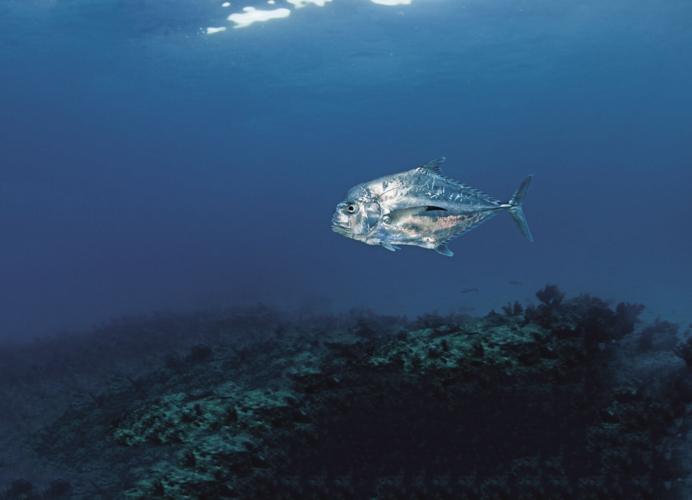

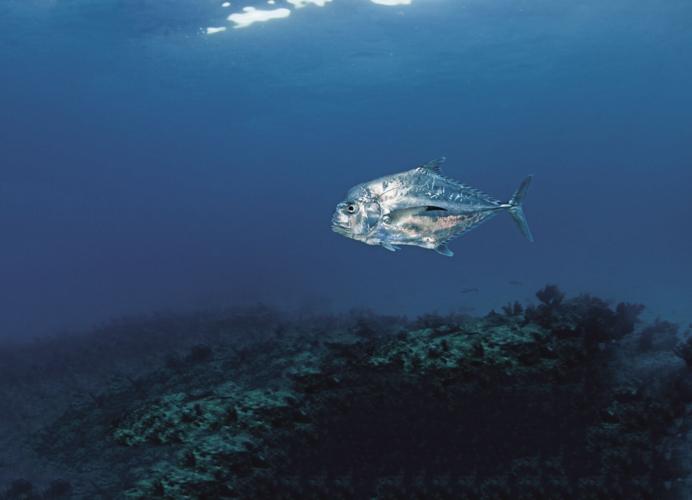
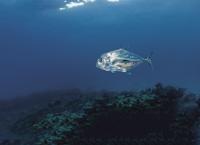
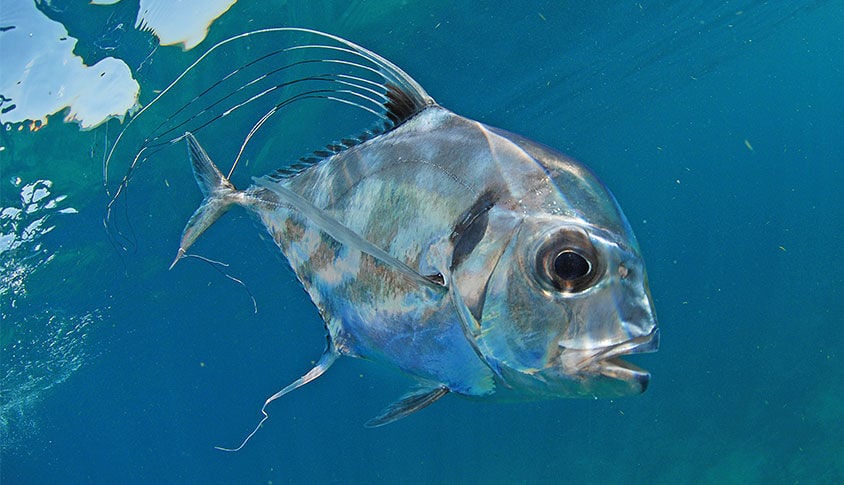
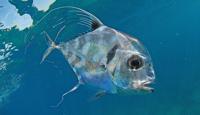
(0) comments
Welcome to the discussion.
Log In
Keep it Clean. Please avoid obscene, vulgar, lewd, racist or sexually-oriented language.
PLEASE TURN OFF YOUR CAPS LOCK.
Don't Threaten. Threats of harming another person will not be tolerated.
Be Truthful. Don't knowingly lie about anyone or anything.
Be Nice. No racism, sexism or any sort of -ism that is degrading to another person.
Be Proactive. Use the 'Report' link on each comment to let us know of abusive posts.
Share with Us. We'd love to hear eyewitness accounts, the history behind an article.